Factors affecting the reliability of relays
1. The electromechanical switch device shall be installed between the positive pole of the power supply and the relay coil, so as to isolate the relay circuit safely in the disconnected state, so as to avoid the risk of electric shock.
When selecting solid-state electronic switch device to control relay circuit, the device with small leakage current shall be selected so that the relay can be released reliably in case of power failure. Any switching device used to control the relay must bear the instantaneous voltage peak value caused by the open circuit of the coil circuit and the minimum voltage value of the coil circuit
And, the switch is not damaged.
2. Due to the voltage drop in the connecting wire, the pull in of the relay may have to be lower than the supply voltage. This is especially true when using bell type wiring with long connecting wires.
3. If the relay is released after being energized for a period of time, and then energized again in a short period of time, the pull-in voltage will increase due to the temperature rise of the coil itself.
4. When the relay or hybrid relay works together with or close to the sensitive logic circuit, the relay devices shall neither transmit nor conduct enough RF transient voltage that can damage the sensitive logic circuit or cause it to trigger by mistake.
5. Installation of relay
Vibration resistance is an important index of the relay. In addition to improving the vibration resistance of the relay itself, the installation method has a great influence on the vibration resistance of the relay.
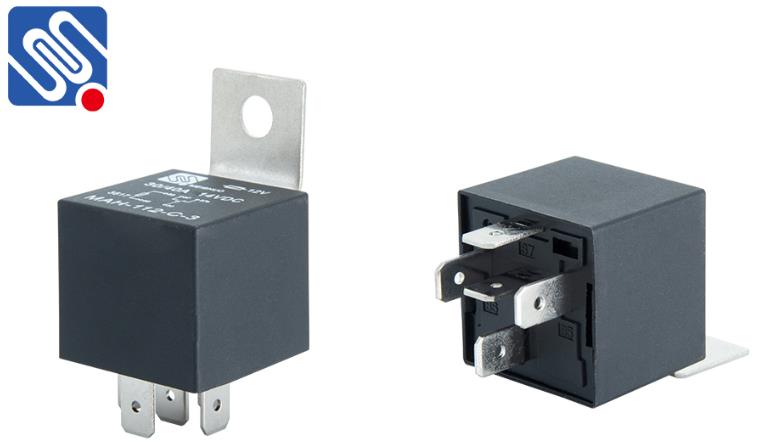



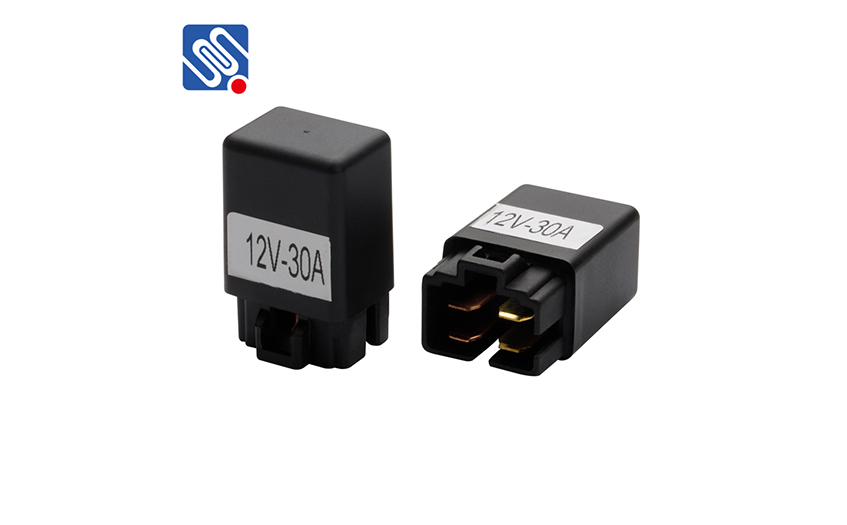
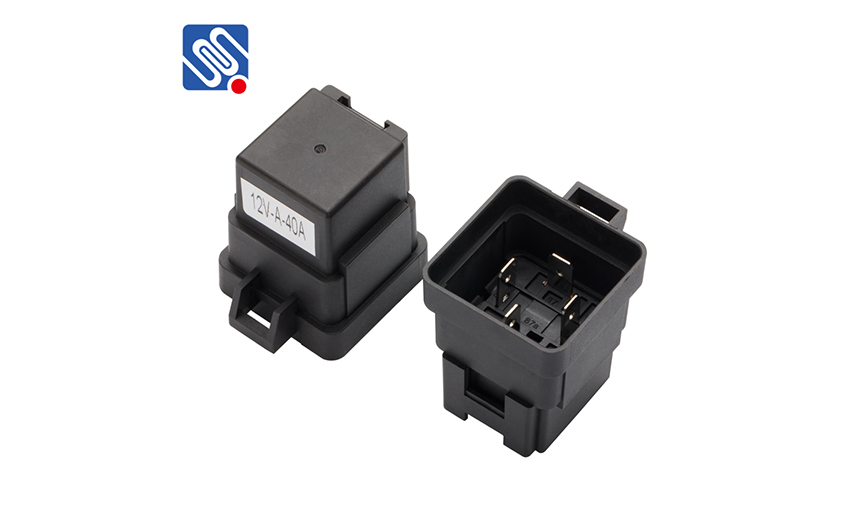
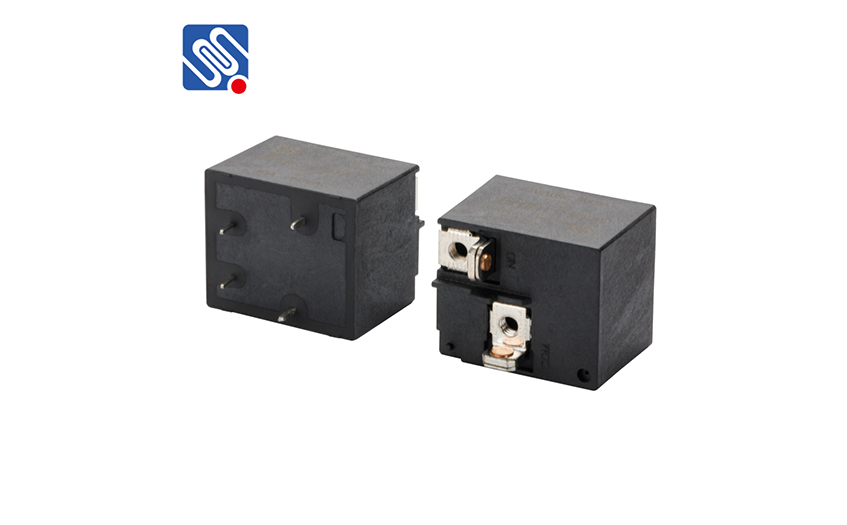
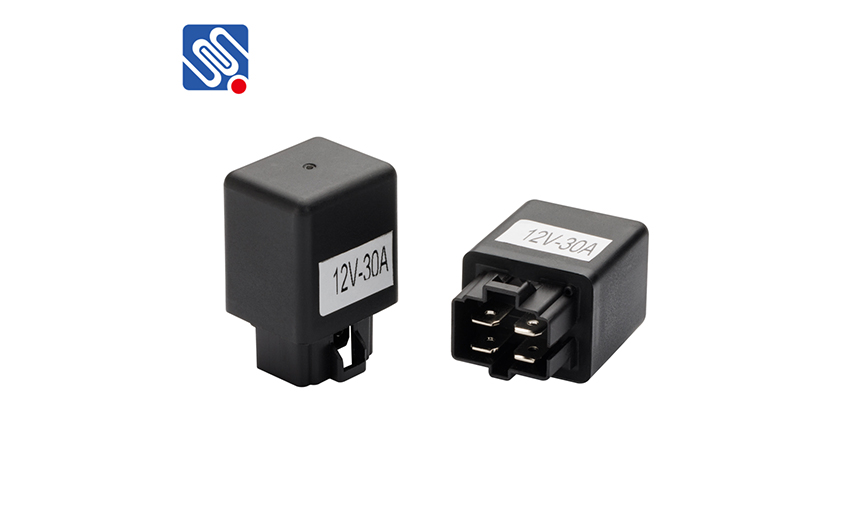
 selena
selena  sales@msrelay.com
sales@msrelay.com 13968707033
13968707033
 +86-577-62518811
+86-577-62518811





